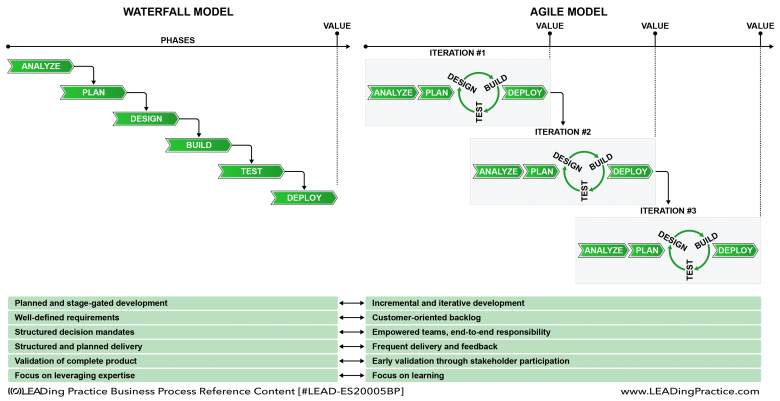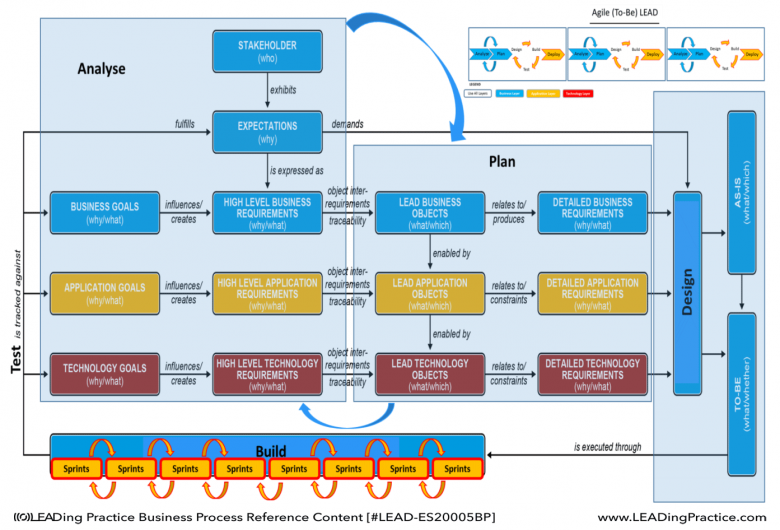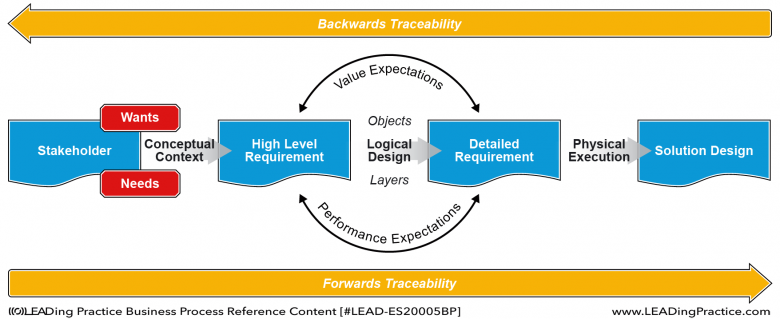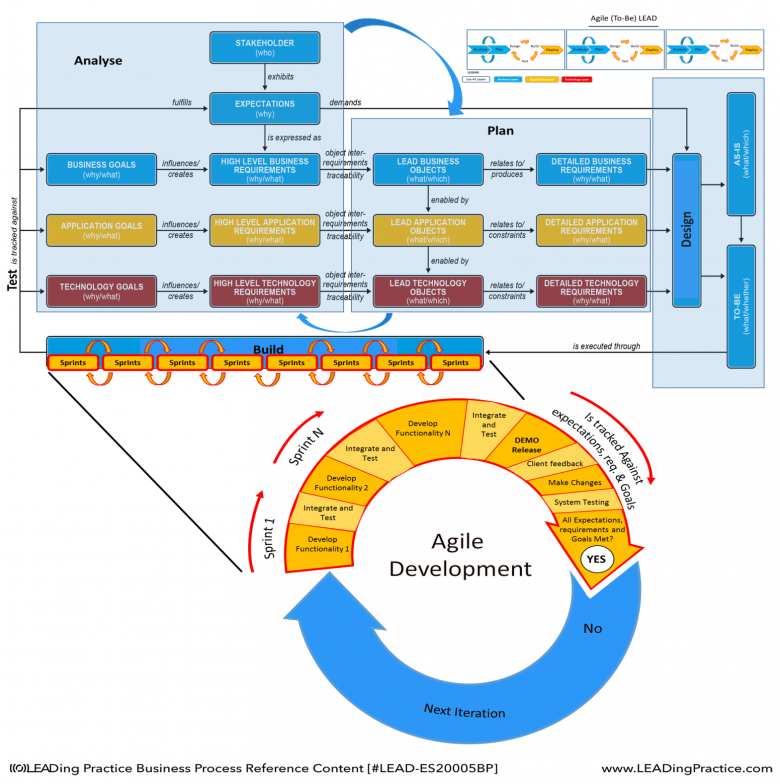Abstract
The term “Agile” has attracted significant attention across industry and academia. Agile is not new. The history of agile concepts can be traced back to the 1930s. It has its foundation in iterative and incremental approaches.
What are the building blocks or principles underlying agile? What does it mean to use agile principles? What is the difference between agile and traditional non-agile ways of working? Why do we need to be agile? How is an Agile BPM capability established? The purpose of this chapter is to provide the precise and practical answers
to these fundamental questions.
This chapter is organized as follows. Firstly, it describes the agile thinking and its origin. Secondly, it describes the agile characteristics, values and principles. Thirdly, it describes the agile practices or ways of working. Fourthly, it describes the difference between the agile and traditional ways of working. Fifthly, it describes the application of agile ways of working to BPM and defines the Agile BPM. Sixthly, it discusses how to establish an Agile BPM capability by using the agility adoption and improvement model. Finally, it concludes the chapter with key take away points.




